
Why We Need To Care About Animal Adoption and Rescue
It is important to remember that human beings share the planet with countless other inhabitants. As one part of a larger whole, we have a responsibility to respect and care for our fellow earth-dwellers, including plants and animals.
When it comes to animals, people especially love their pets. There is so much we can do to help our furry friends, including supporting adoption and rescue. Shelters are bursting with homeless dogs and cats, often unable to keep up with the number of animals who need homes. Animal adoption and rescue are so vital to helping reduce cruelty, neglect, overpopulation, and euthanasia and to ensuring more animals find loving homes.
Why Animal Adoption and Rescue Matter
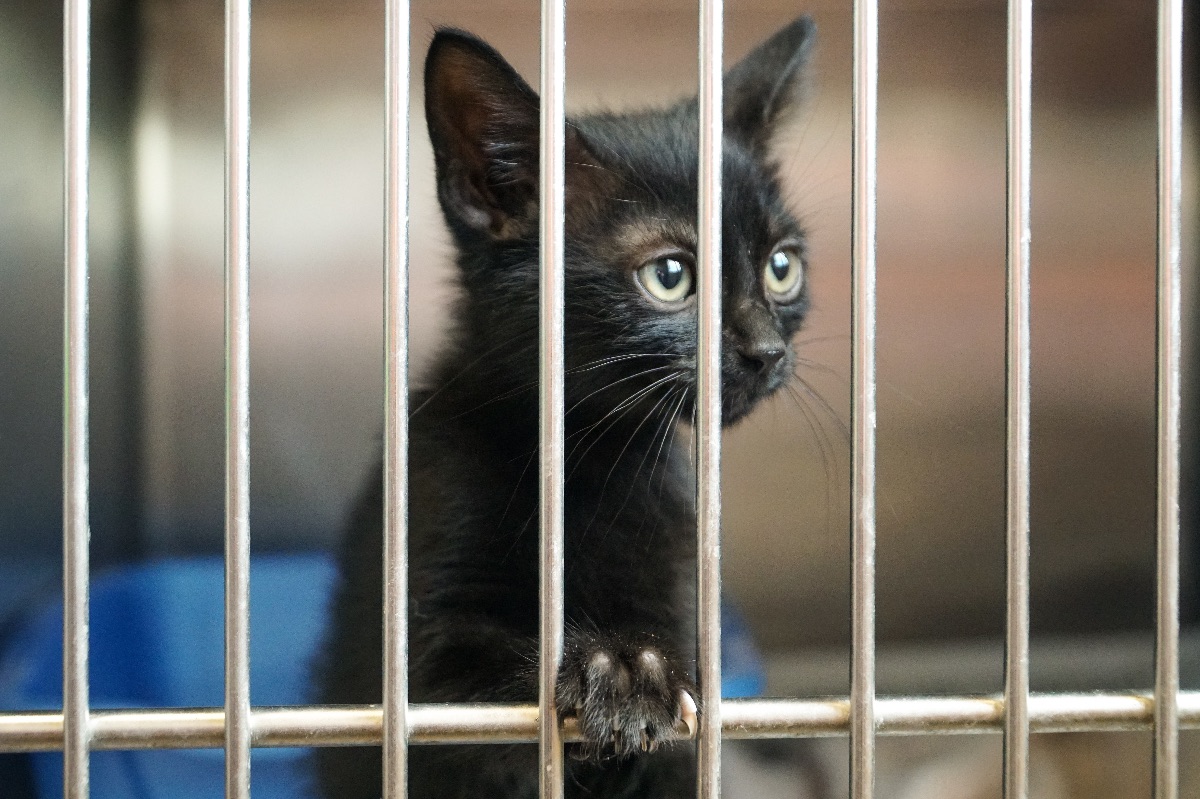
Animal adoption and rescue are vast topics with many complex facets. The overarching premise, however, is that we humans are in a position to help our animal friends by making the most responsible choices available and respecting and caring for companion animals.
Animal neglect and homelessness is not an animal problem; it is a people problem. Dogs and cats end up in shelters and rescues for a variety of reasons, but they all stem from choices made by humans.
As American Society for the Protection of Cruelty to Animals (ASPCA) President & CEO Matt Bershadker succinctly stated, “Too many animals enter the shelter system for reasons that are completely preventable” (American Society for the Protection of Cruelty to Animals, n.d.a., para. 2).

Animal Homelessness
According to statistics from the ASPCA, approximately 6.5 million companion animals enter shelters in the United States annually. That amount is relatively evenly divided between dogs and cats; 3.3 million dogs and 3.2 million cats (American Society for the Protection of Cruelty to Animals, n.d.b.).
Sadly, only about half of those animals—approximately 3.2 million—are adopted out. While some of the remaining dogs and cats are strays or missing pets that are returned to their owners, the remainder are euthanized (American Society for the Protection of Cruelty to Animals, n.d.b.).
The Humane Society of the United States (HSUS) estimates that close to 3 million animals are euthanized each year in shelters across the country, specifying that 2.4 million of them were healthy and able to be adopted (The Humane Society of the United States, n.d.a.).
Please bear in mind that while between 6-8 million animals enter the shelter system annually, that represents only a small number of the homeless animals living in the United States, where there are an estimated 70 million stray animals (Popelko, 2014).
While this information is difficult to quantify and estimates often vary by source, we have enough reliable information to paint a solid picture of why animal adoption and rescue are so critical.
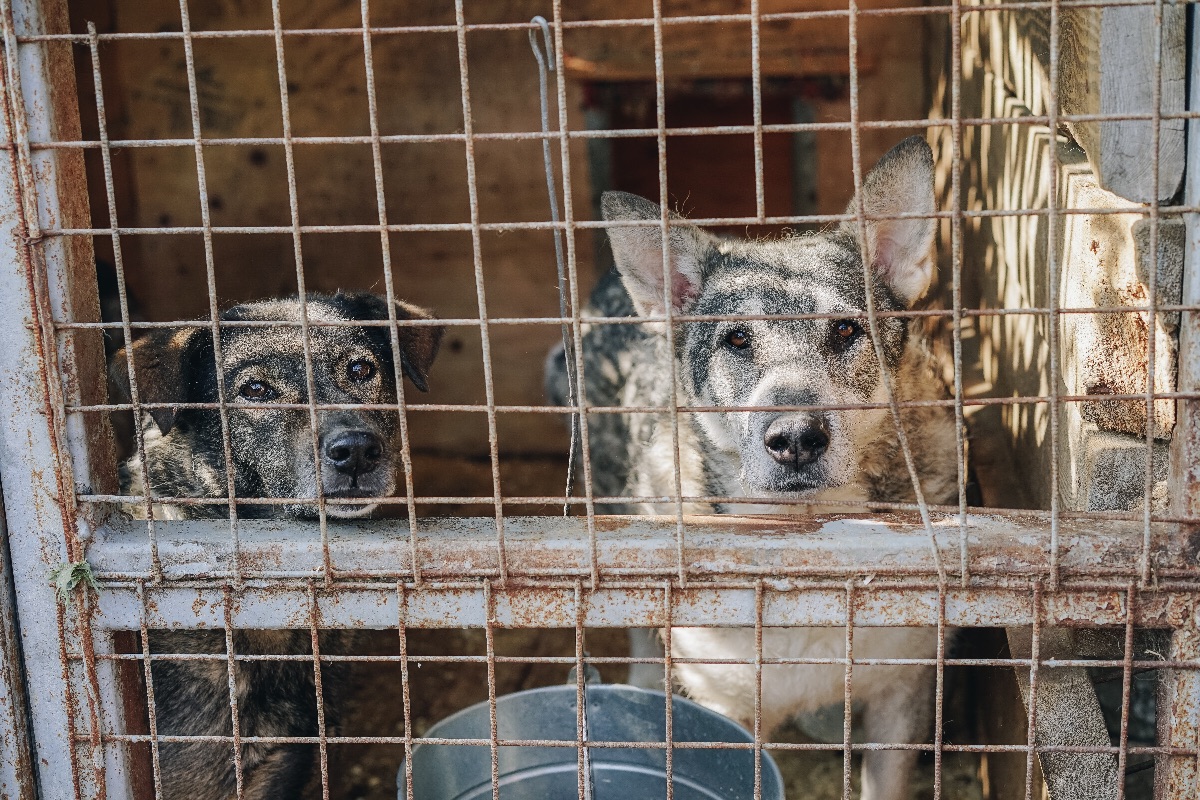
The Truth Behind Shelter Animals
Dogs and cats don’t end up at shelters across the country through any fault of their own. When a person no longer wants or can no longer care for a companion animal, they often end up at a shelter—either through owner surrender or abandonment.
That means shelters and rescues are bursting with all types of dogs and cats who need homes, making animal adoption the best choice when adding a new member to your family.
If you are interested in a specific breed of dog, there are many purebred rescue groups out there who specialize in particular breeds or mixed-breeds. Plus, the HSUS estimates that up to 25% of dogs in shelters are purebred (The Humane Society of the United States, n.d.a.). Again, this links us back to the human factor.
Sadly, there is often a stigma attached to adopted or rescued animals. Many people fear that adopted or rescued animals are damaged or prone to behavioral problems. The truth is that many factors influence an animal’s disposition or behavior, and their background is just one. The Shelter Pet Project has done an amazing job working to break the stigma of rescued dogs and cats.
“Dogs and cats who are taken into the care of shelters and rescue groups each year find themselves homeless through no fault of their own…This means shelters and rescues are full of loving, spayed or neutered, vaccinated, and often trained pets who are just waiting to meet you” (The Shelter Pet Project, n.d., para 2-3).
As pet owners, we owe it to our companion animals to take the very best care of them, which includes spaying and neutering to help control the pet population, providing adequate exercise and enrichment, proper feeding, and routine veterinary care. Not only that, but all animals require patience, discipline, and training to help them adjust to their new lives, regardless of their origins.

How to Adopt or Rescue an Animal
When you are ready to add a new furry friend to your family, be sure to do your research and think locally.
A valuable first step is to look at local animal shelters and rescue groups. While the Internet has created an unsavory channel for animal sales, it has also opened up a new avenue for shelters and rescues to spread the word—making it easier than ever to share information about dogs and cats in need and to connect with potential adopters. Social media is an excellent resource for anyone looking to adopt a dog or cat or who wants to help spread the word about animals in need.
Websites such as The Shelter Pet Project, Petfinder, RescueMe, and others make animal adoption simple by allowing you to enter specific criteria, search databases of animals, and contact the appropriate rescue or shelter regarding the animal you are interested in.
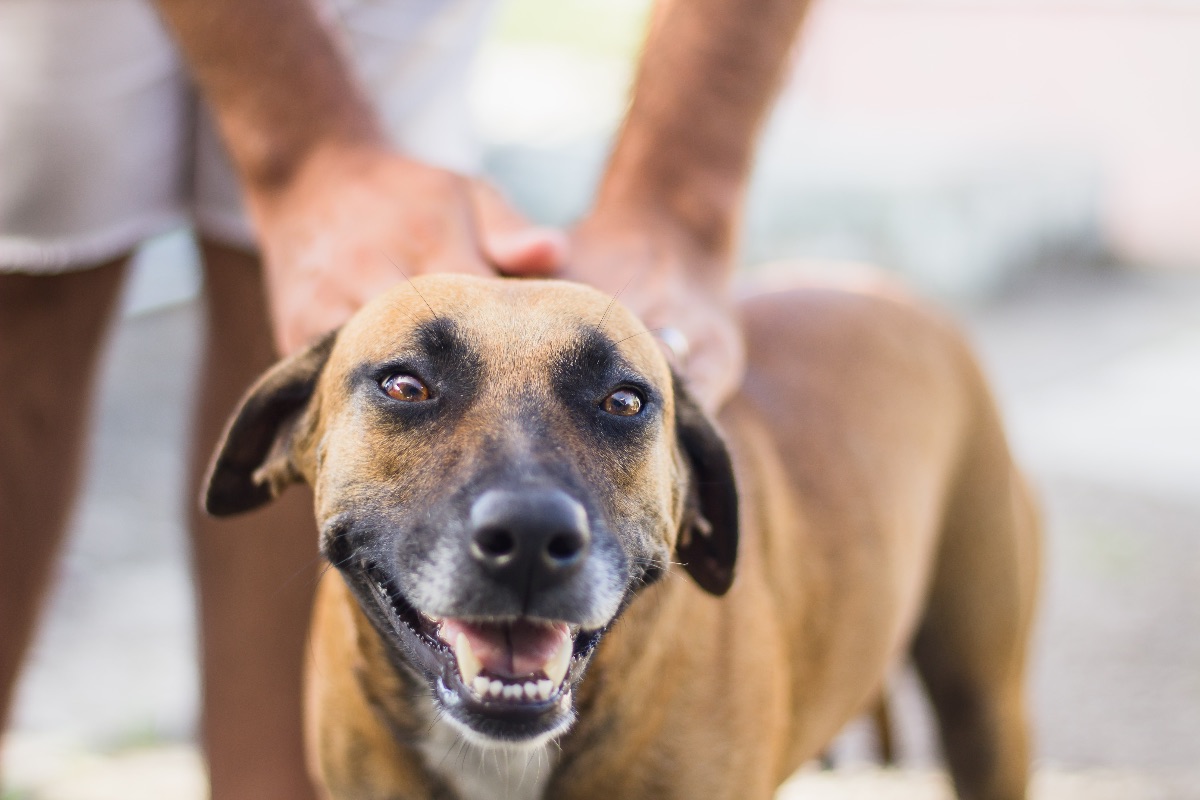
Factors to Consider
When it comes to animal adoption and rescue, it is essential to think about the type of animal that you will bring into your home and your family. Personality, demeanor, size, temperament, and specific needs weigh much heavier than the breed.
While you may love the look of a certain breed or type of dog, that might not be the best match for your family or lifestyle. Things to consider include current members of your household, including other animals and children, how much time you have to devote to your companion animal, your work and travel schedule, as well as financial resources.
Unlike some breeders who might sell to anyone who has enough money, shelters and rescues work hard to match animals with the most appropriate homes. They want the best outcome for the dog or cat, as well as the family they are joining.
As adopters, we have a responsibility to ensure that we have done our due diligence and are fully prepared to add a new member to the family.
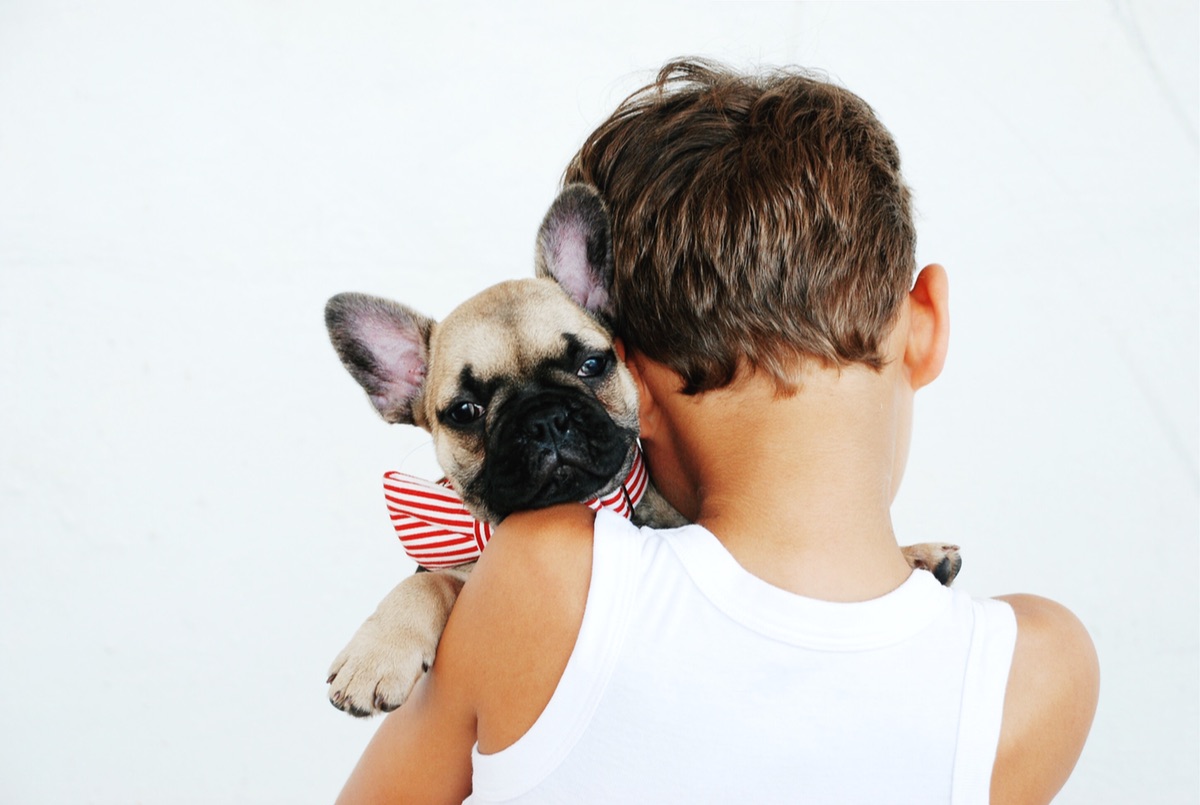
Purebred Myths and Pet Overpopulation
While many factors contribute to the overpopulation issue plaguing shelters and rescue groups, breeding is perhaps the most controversial. The reality is that breeding animals contributes to overpopulation by continuing to produce litters of animals to sell, while shelters are forced to euthanize due to a lack of homes for animals.
“Reputable breeders have a passion for breeding… but that does not address the very real problem of what breeding pets does to the existing pet overpopulation problem” (Henn, 2019, para. 11).
For decades, animal breeders and the American Kennel Club (AKC) have perpetuated the myth that purebred dogs are better than mixed breeds or rescue animals, claiming that you know what you are getting when you buy rather than rescue. Unfortunately, playing on stereotypes and misconceptions creates confusion and often leads the general public to believe that buying from a breeder is superior to animal adoption.
Every dog purchased from a breeder means one less dog adopted from a shelter or rescue group. Meanwhile, every animal adopted from a shelter opens up space for another rescue. Where animal shelters and rescues seek a reasonable fee to help cover the cost neutering of animals and necessary veterinary care, breeders often charge thousands for dollars for a single animal, making adoption a more affordable choice.
“Some [consumers] believe that by purchasing their dogs from a special breeder they will somehow be getting a ‘superior’ pet; however, not only is this false but there are a number of other reasons that breeding dogs is irresponsible and harmful no matter how good their reputation may be” (Henn, 2019, para. 4).
The truth is that there are no guarantees that a dog or cat will have a particular disposition regardless of the environment it was raised in or whether it was adopted from a shelter or purchased from a breeder. Behavior depends on myriad factors, including temperament, health, and training, not whether it was purchased versus rescued.
Breeding is fraught with unscrupulous practices, and AKC certification, once considered the highest standard in breeding, is plagued by lack of oversight, loopholes, and corruption that enable puppy mills and cruel breeders to get a stamp of approval. The New York Times, as well as the Today Show, have done thorough exposés on this subject.
If you are set on buying a dog from a breeder, do your research: ask questions, visit the facility, meet the breeders and the animals. If any information is kept hidden or seems questionable, walk away and continue looking for other options, breeder or rescue.
Puppy (and kitten) mills are large-scale breeding operations designed to optimize profit and reduce overhead. Most puppy mill dogs live their entire lives in cramped, dirty cages with little care and oversight, forced to breed continually. “The majority of puppies sold in pet stores and online are from puppy mills” (The Humane Society of the United States, n.d.b., para 1).
As you can see, pet overpopulation and homelessness are an ongoing issue. The good news is that we have the power to make responsible choices to help our animal friends, particularly by supporting animal adoption and rescue.
Animals from shelters and rescue groups are not damaged goods–they are happy and healthy dogs and cats looking for someone to take them home and love them for life. There’s no shortage of animals in need of homes, and no shortage of happy endings for those who are adopted.
“Adopting a pet from a shelter or rescue is a win-win, for you and the pet” (The Shelter Pet Project, n.d., para 5).
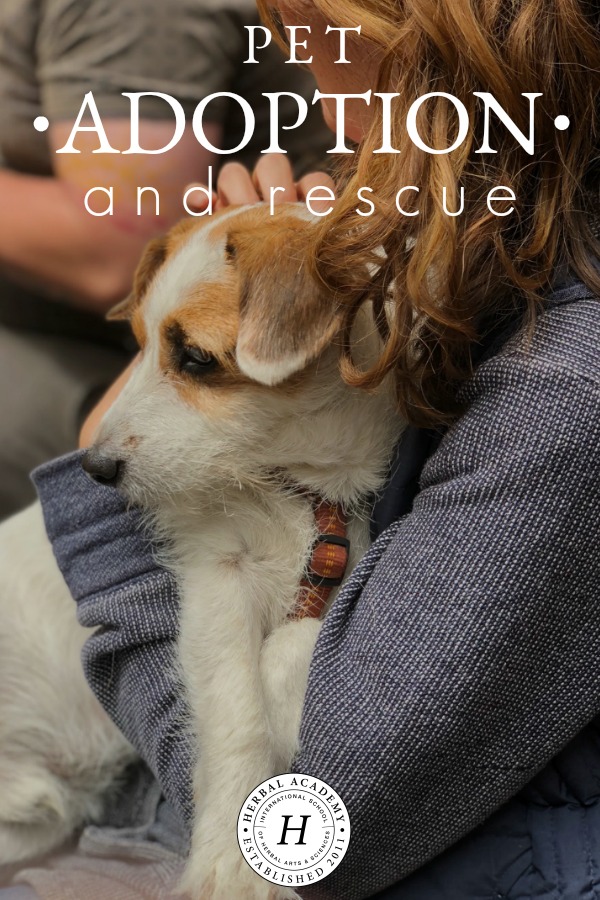
REFERENCES
American Society for the Protection of Cruelty to Animals. (n.d.a.). Animal homelessness. Retrieved from https://www.aspca.org/animal-homelessness
American Society for the Protection of Cruelty to Animals. (n.d.b.). Pet statistics. Retrieved from https://www.aspca.org/animal-homelessness/shelter-intake-and-surrender/pet-statistics
Curit, R. (2017). Why breeding pets is irresponsible. Retrieved from https://www.onegreenplanet.org/animalsandnature/why-breeding-pets-is-irresponsible/
Henn, C. (2019). Why breeding dogs is a problem, even if the breeder is ‘reputable.’ Retrieved from https://www.onegreenplanet.org/animalsandnature/why-breeding-dogs-is-a-problem-even-if-the-breeder-is-reputable/
Popelko, K. (2014). 12 alarming facts about pet homelessness]. Retrieved from https://www.onegreenplanet.org/animalsandnature/12-alarming-facts-about-pet-homelessness/
The Humane Society of the United States. (n.d.a.). Pets by the numbers. Retrieved fromhttps://www.humanesociety.org/resources/pets-numbers
The Humane Society of the United States. (n.d.b.). Stopping puppy mills. Retrieved from https://www.humanesociety.org/all-our-fights/stopping-puppy-mills
The Shelter Pet Project. (n.d.). About pet adoption. Retrieved from https://theshelterpetproject.org/why-adopt/








